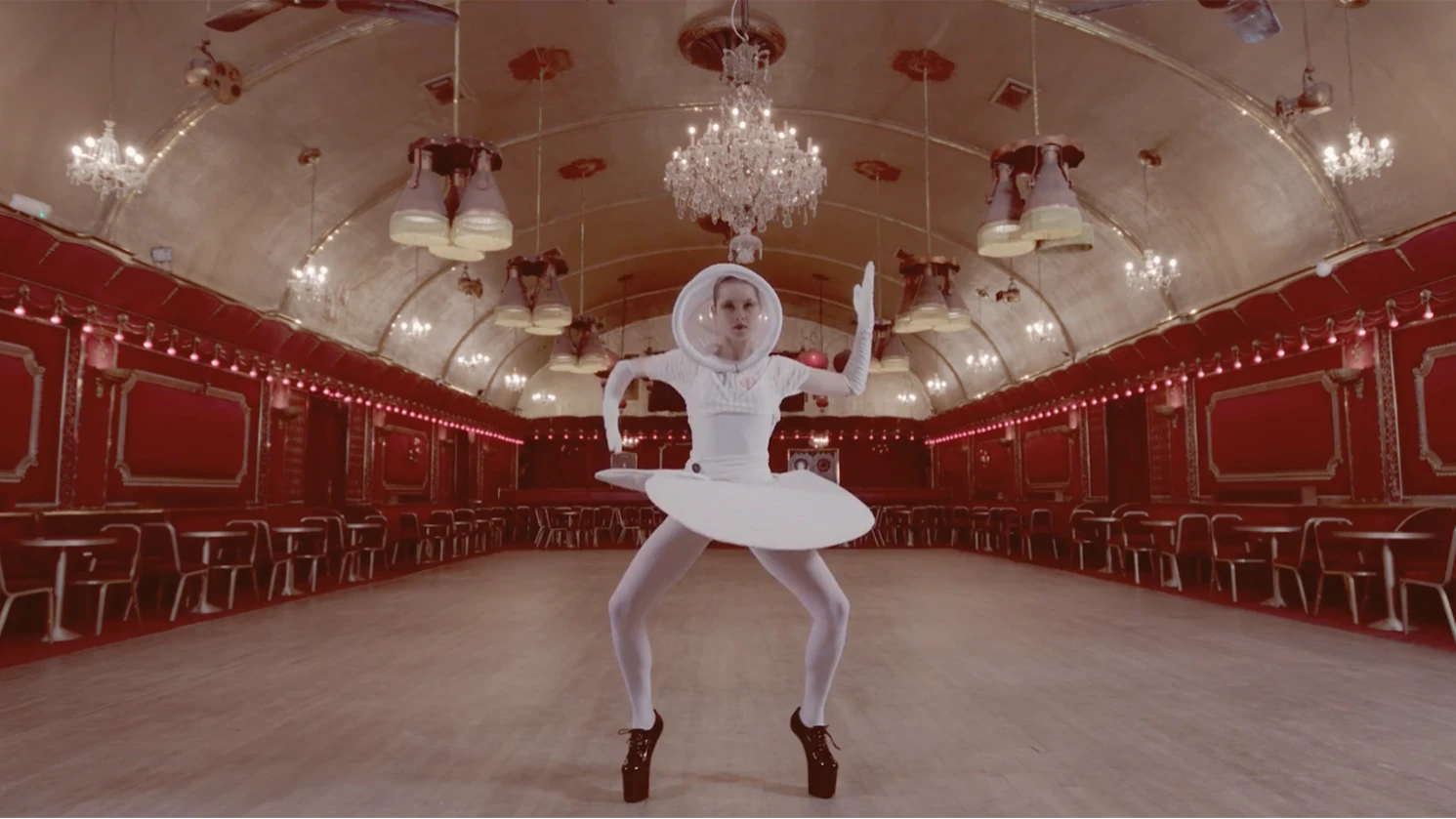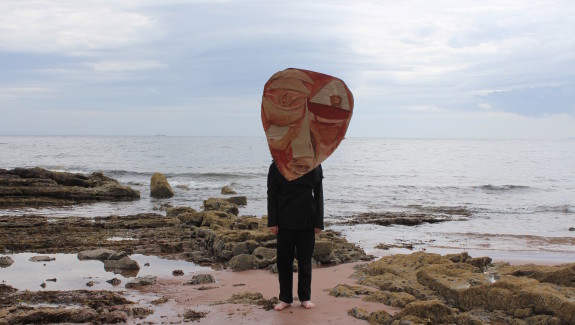ventilator
Synopsis
Details
- Year
- 2016
- Type of project
- Shorts
- Running time
- 6mins 35secs
- Format
- digital h264
- Director
-
fiona robertson
- Producer
- fiona robertson
- Executive Producer
- fiona robertson
- Editor
- fiona robertson
- Screenwriter
- fiona robertson
- Director of Photography
- fiona robertson
- Production Designer
- fiona robertson
- Sound
- fiona robertson
- Composer
- fiona robertson
- Principal cast
- katrine turner, niall turer, aidan turner
Genre
Categories
Production Status
Production Company
na
Sales Company
na
Page updates
This page was last updated on 12th May 2025. Please let us know if we need to make any amendments or request edit access by clicking below.
See also
You may also be interested in other relevant projects in the database.
 As Time Swallows Time
As Time Swallows Time
Director: Rosario Hurtado, Roberto Feo, Stuart Bannocks
Year: 2025
AS TIME SWALLOWS TIME weaves fragmented narratives into a poetic dialogue between two entwined inquiries. The first engages with the curatorial focus of BIO28 (Ljubljana Design Biennale), which interrogates the historical symbolism linking women to flowers - figures of fragility, sensuality, and objectification - and the ways these associations have been reclaimed and subverted. The second unfolds as a speculative exploration of time and temporal perception as forces shaping human consciousness and evolution. Together, these threads compose a meditation on transformation, perception, and the cyclical nature of existence. Constructed through the juxtaposition of narrative fragments, the film layers scenes in a manner that invites viewers to navigate and reassemble its temporal and conceptual terrain. The film presents a dialogue between the Ljubljana Biennale’s curatorial theme, “Do You Speak Flower?” which explores the historical contexts in which women have been symbolically linked to flowers—figures of fragility, sensuality, and objectification—and how those associations have been reclaimed and subverted, and this theme directly, and the authors speculative exploration of time, temporal perception and post humanity.
 Economy of Excess
Economy of Excess
Director: Karen Russo
Year: 2005
ECONOMY OF EXCESS is comprised of footage of the sewage pipes of Essex, shot by a small robot camera that is normally used to locate blockages. The film creates an entrancing movement into the ever-expanding circles of a subterranean parallel universe, which mutates into a hypnotizing voyage of impressionistic colour and light. Humble in its origins yet dazzling in its effects, this video epitomizes the way in which the work continually straddles the line between the sublime and the mundane, turning society’s excess into a spiritual initiation journey.
 Modupe
Modupe
Director: Evan Ifekoya
Year: 2025
MODUPE is an experimental documentary that unfolds as a ceremony of queer belonging, inheritance, and sound. At its heart is a dialogue with Afro-Cuban priestess and musician Amelia Pedroso, whose legacy is invoked through archival traces, letters, and performance. Narrated as a letter to an ancestor, the film situates the search for connection within an interior, oceanic dreamscape where water, memory, and ritual become both setting and subject. Cinematically, MODUPE moves between a stylised ensemble rehearsal and a sacred library-archive. The ensemble of voice, drum, and dance provides the film’s pulse, collapsing rehearsal and ritual into one. Deep blue light, reflective surfaces, and submerged imagery create a sensorial architecture that is both intimate and expansive, with water presence throughout evoking both flood and transformation. Formally, the film resists linear storytelling, privileging atmosphere, rhythm, and sonic immersion. Objects, archives, and sacred materials hold the same cinematic weight as bodies in performance, reframing the archive as altar and sound as shrine. Narrative unfolds through resonance rather than resolution, drawing the viewer into a space of listening and reflection. MODUPE proposes cinema as a vessel for inheritance, where identity is fluid, memory is alive and liberation is lived through sound.
